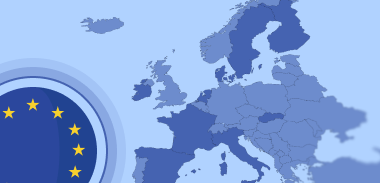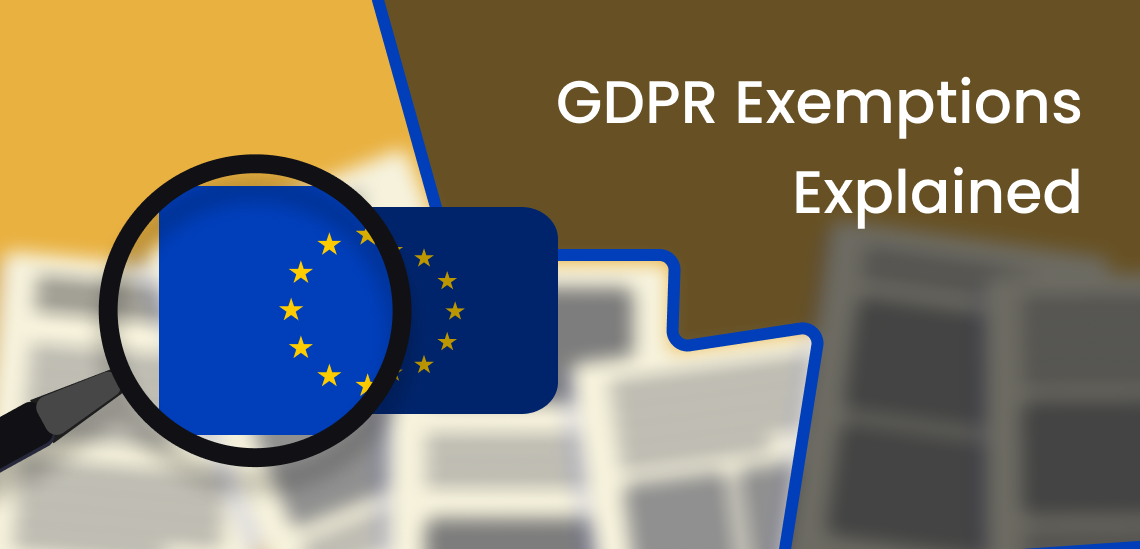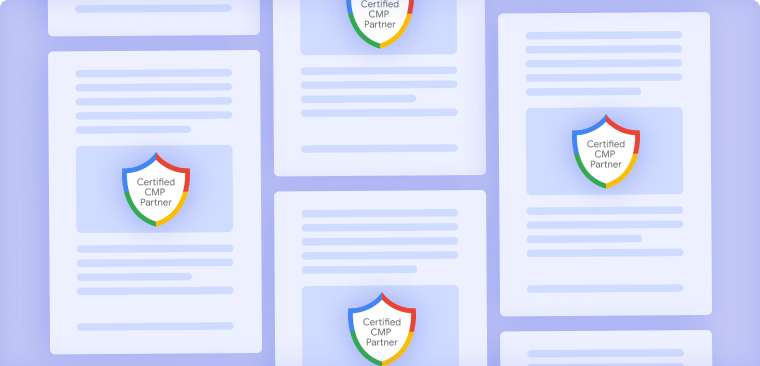How to Prove Consent in a GDPR Audit: Logs, Metadata & Best Practices
October 28, 2025
•
4 min read
Table of contents
back
to the top
How to Prove Consent in a GDPR Audit: Logs, Metadata & Best Practices
Under the General Data Protection Regulation (GDPR), it's not enough to simply collect consent- you must be able to prove it. If your organization is audited or investigated by a Data Protection Authority (DPA), you'll be asked to show how, when, and what users consented to.
In this guide, we'll walk you through what GDPR-compliant consent proof looks like, what kind of logs and metadata you need to store, and how a Consent Management Platform (CMP) can streamline this process.
What Does the GDPR Say About Proof of Consent?
Article 7(1) of the GDPR states:
"Where processing is based on consent, the controller shall be able to demonstrate that the data subject has consented to processing of his or her personal data."
That means you need:
- Clear evidence of consent
- Logs that are audit-ready
- Mechanisms to retrieve or revoke consent easily
What You Need to Prove Consent
To meet GDPR requirements, the following must be logged and accessible:
1. Timestamp of Consent
Record the exact date and time when consent was given. This shows you had permission before any data processing occurred.
2. User Identification (Anonymized or Pseudonymized)
Store a user identifier such as a hashed IP address, session ID, or user account ID---that links the consent to an individual, while minimizing data exposure.
3. Consent Context
Capture the version of the privacy policy or cookie banner the user agreed to. This should include:
-
Categories of cookies
-
Specific vendors (if TCF is used)
-
Purpose descriptions (e.g., analytics, marketing)
4. Action Taken
Note how the consent was given (e.g., clicked "Accept All", selected preferences, or closed the banner without consenting). Passive consent is not valid under GDPR.
5. Consent Withdrawal
Log if and when a user revoked their consent, including the method used (e.g., via preference center).
What Should Consent Logs Include?
- User ID
- Consent Given
- Cookie Categories Accepted
- Timestamp
- Privacy Policy Version
- Source
- Consent Withdrawal
Your system should store and retrieve this data securely and ensure it can be exported or accessed by regulators if needed.
How a CMP Helps You Prove Consent
A modern Consent Management Platform automates much of this:
-
Records all interactions with the cookie banner
-
Manages consent states across sessions and devices
-
Provides exportable logs for GDPR audits
-
Handles version control for policy documents
Without a CMP, manually tracking these details is time-consuming and error-prone, especially if your site has hundreds or thousands of users per day.
Best Practices for Audit-Ready Consent Management
- Implement a CMP with automatic logging and audit exports
- Regularly test your banner behavior (Does it block cookies until consent? Does it log properly?)
- Keep version history of all consent policies and settings
- Store logs securely and limit access to authorized staff only
- Train your team to handle DSRs (Data Subject Requests) and audit questions
- Maintain documentation for your consent processes and CMP setup
What Not to Do
- Don't store consent without user identifiers
- Don't use pre-ticked boxes or implied consent
- Don't delete or overwrite logs without backups
- Don't delay consent logging, capture it in real time
Final Takeaway
In a GDPR audit, regulators don't just want to see that you have a consent process---they want to see that it's working and verifiable.
With proper logging, timestamped metadata, and a reliable CMP in place, you'll be prepared to demonstrate compliance with confidence and transparency.
Consent is not just a formality, it's legal proof. Treat it like any other audit trail, and your organization will be safer, smarter, and more trusted.
Sources
GDPR Article 7 - Conditions for Consent - https://gdpr-info.eu/art-7-gdpr/
European Data Protection Board - Guidelines on Consent
CNIL - Keeping Consent Proof
Explore further

A Beginner’s Overview of International Privacy Laws
Quick primer on global data privacy laws—GDPR, CCPA, LGPD and more—what differs by region and how businesses can stay compliant with CMPs.
October 27, 2025
5 min

The 10 Strictest EU Countries Enforcing GDPR: Where Data Protection Really Bites
Discover the 10 EU countries with the toughest GDPR enforcement—ranked by fines, audits, and policies—to help you navigate compliance risks across Europe.
July 20, 2025
3 min

GDPR Exemptions Explained: When You Don’t Need to Comply
Learn seven GDPR exemptions — when the law doesn't apply or is limited, with practical examples to help businesses spot compliance gaps and avoid unnecessary costs.
August 17, 2025
3 min



